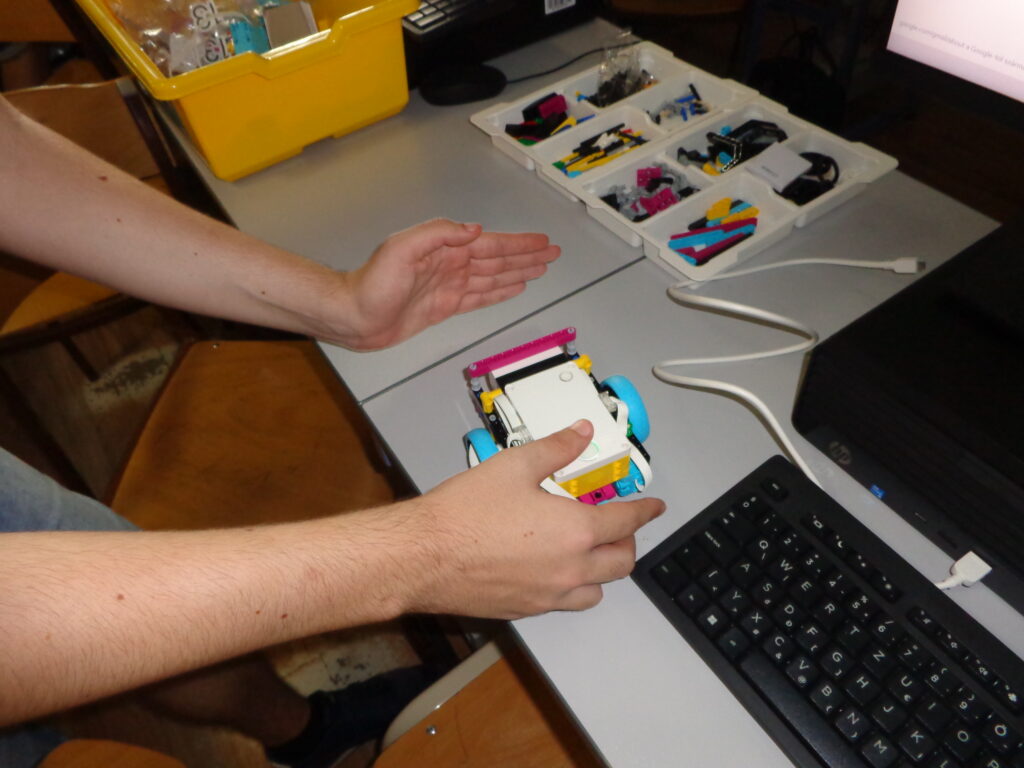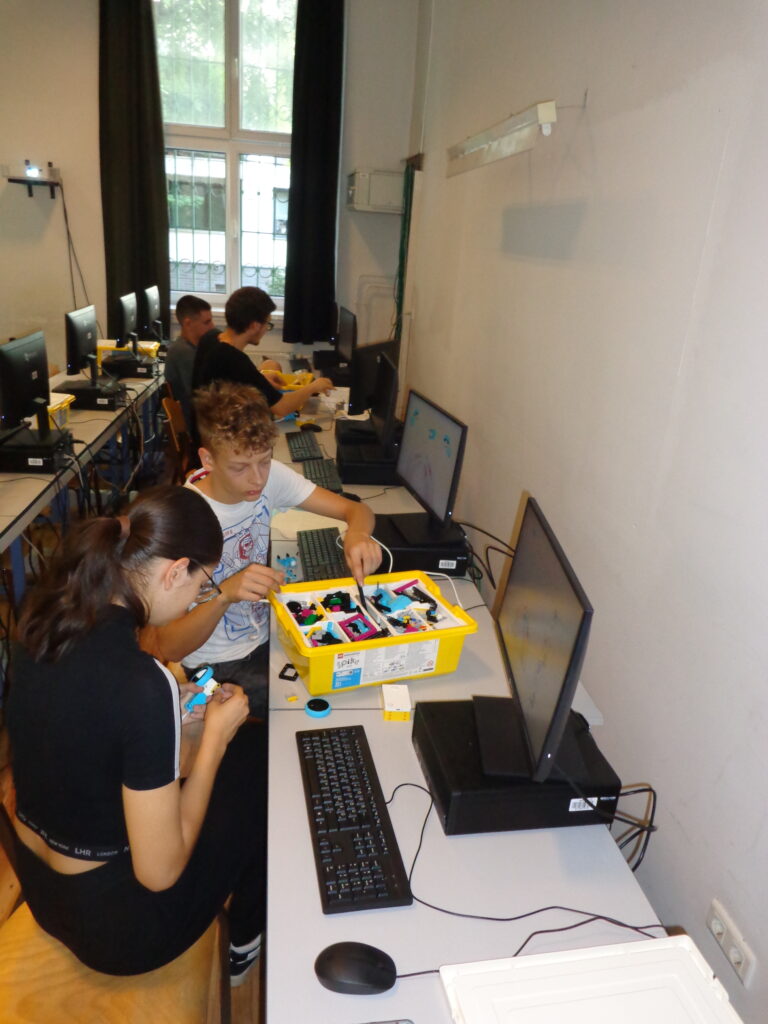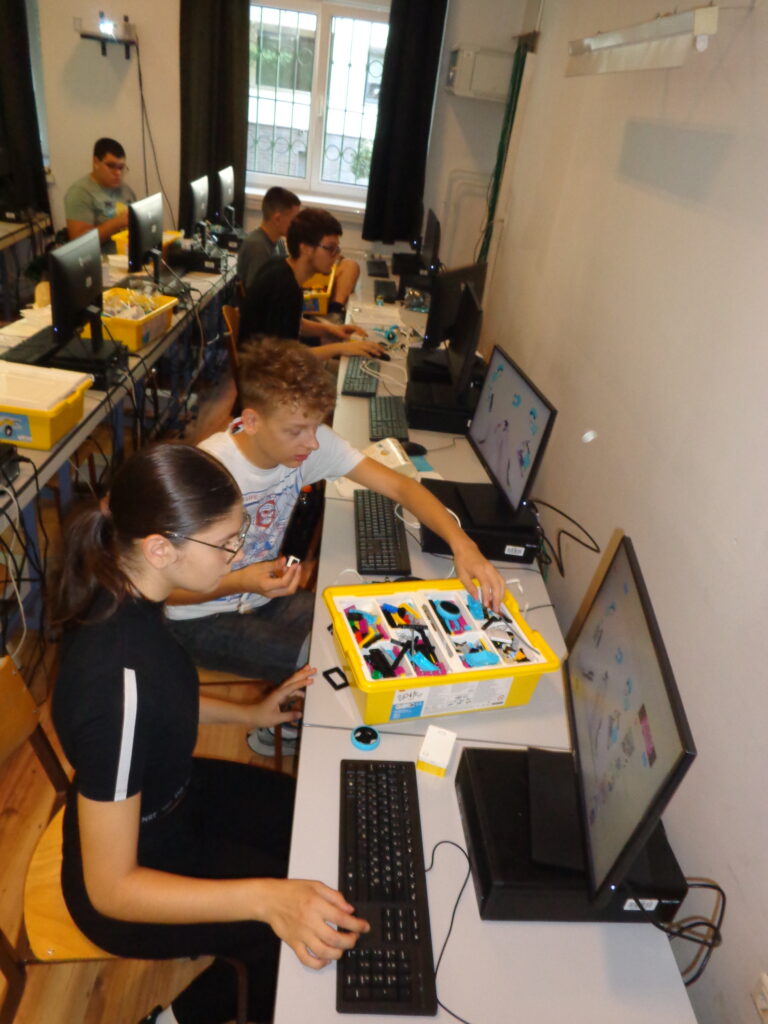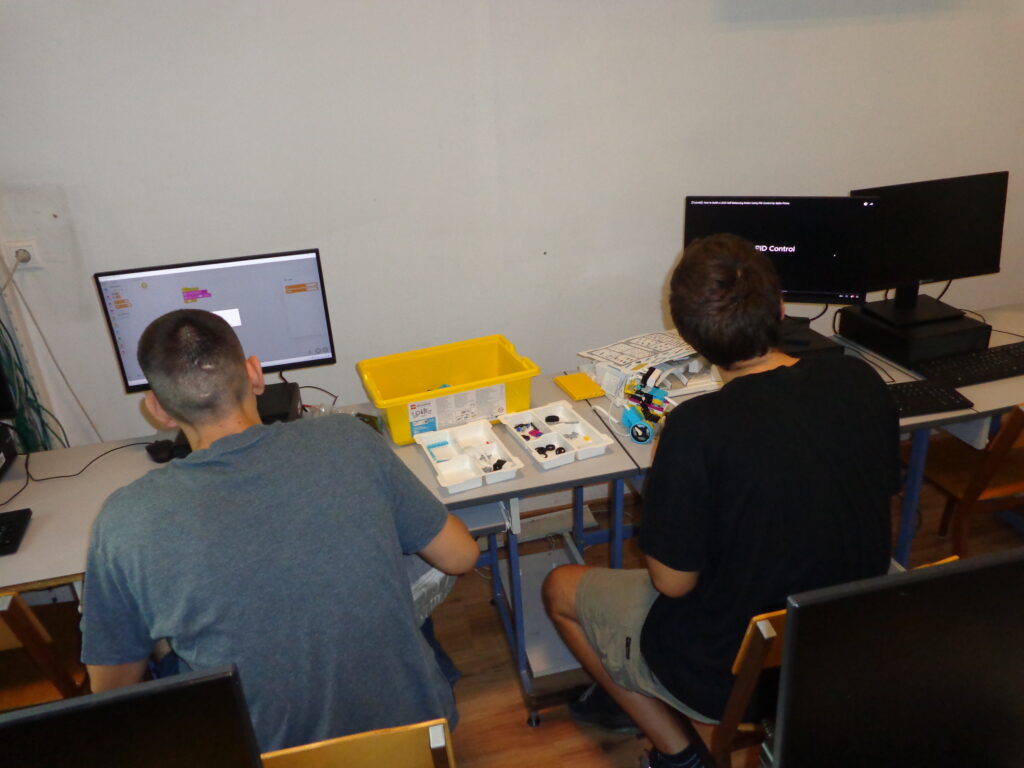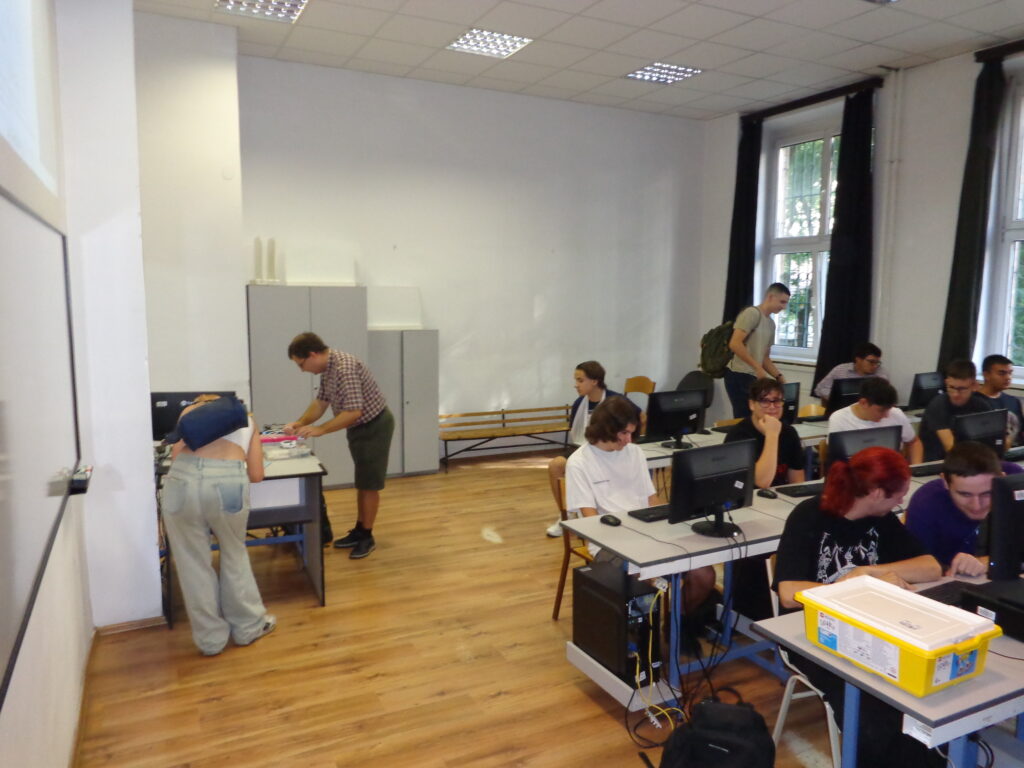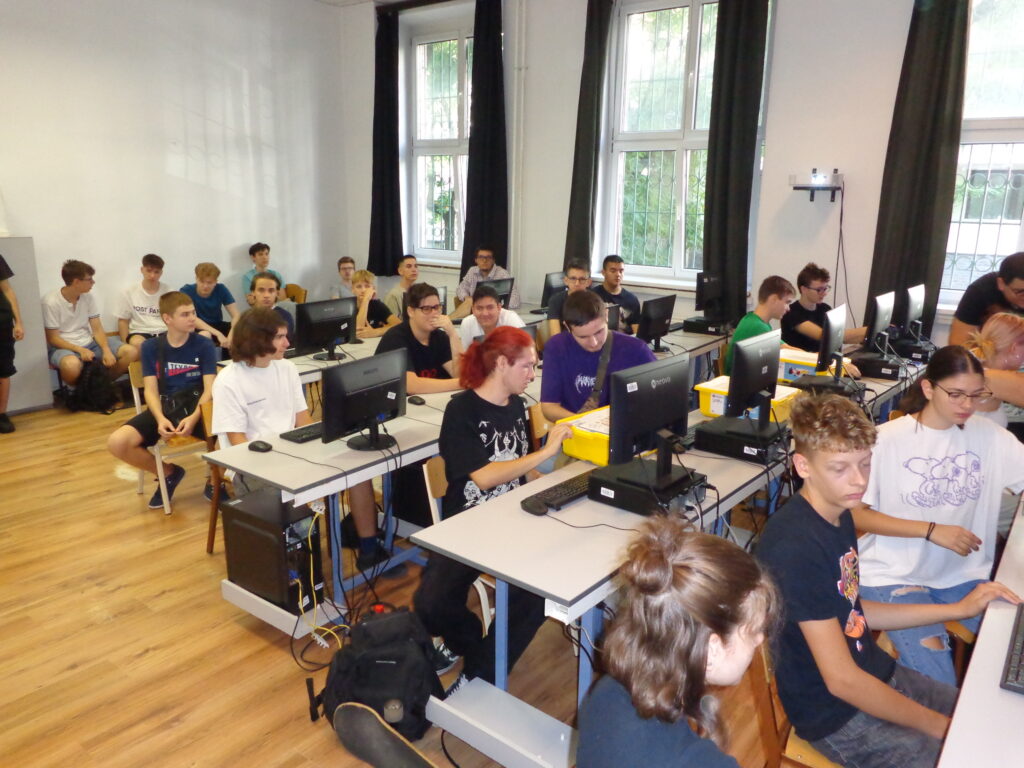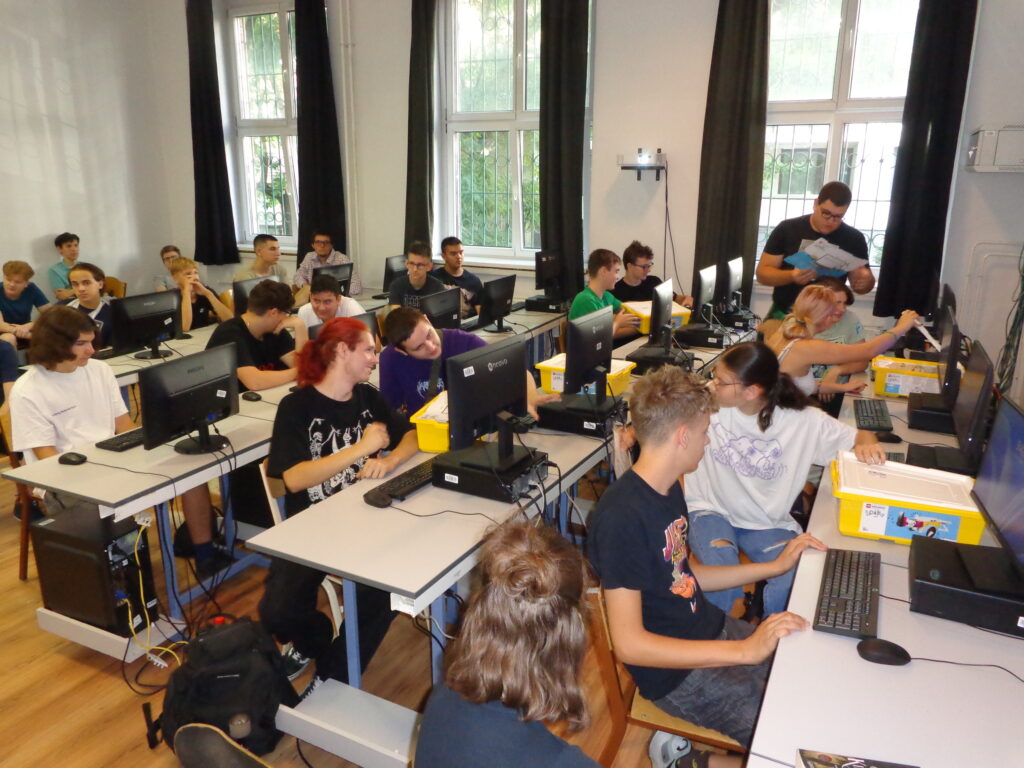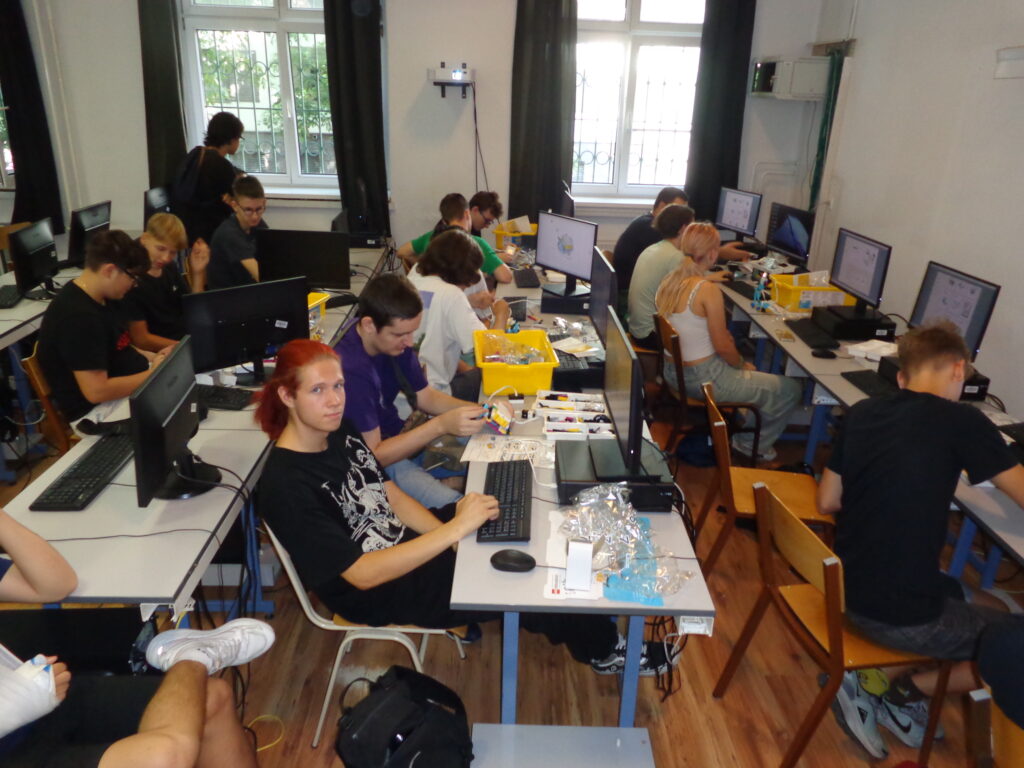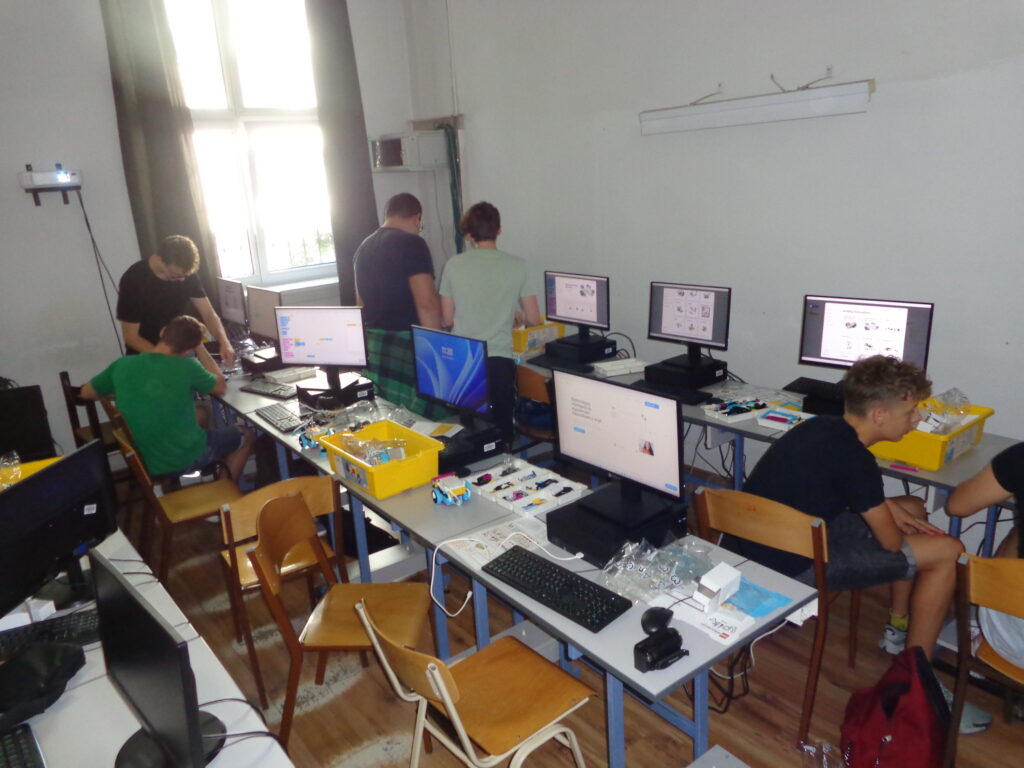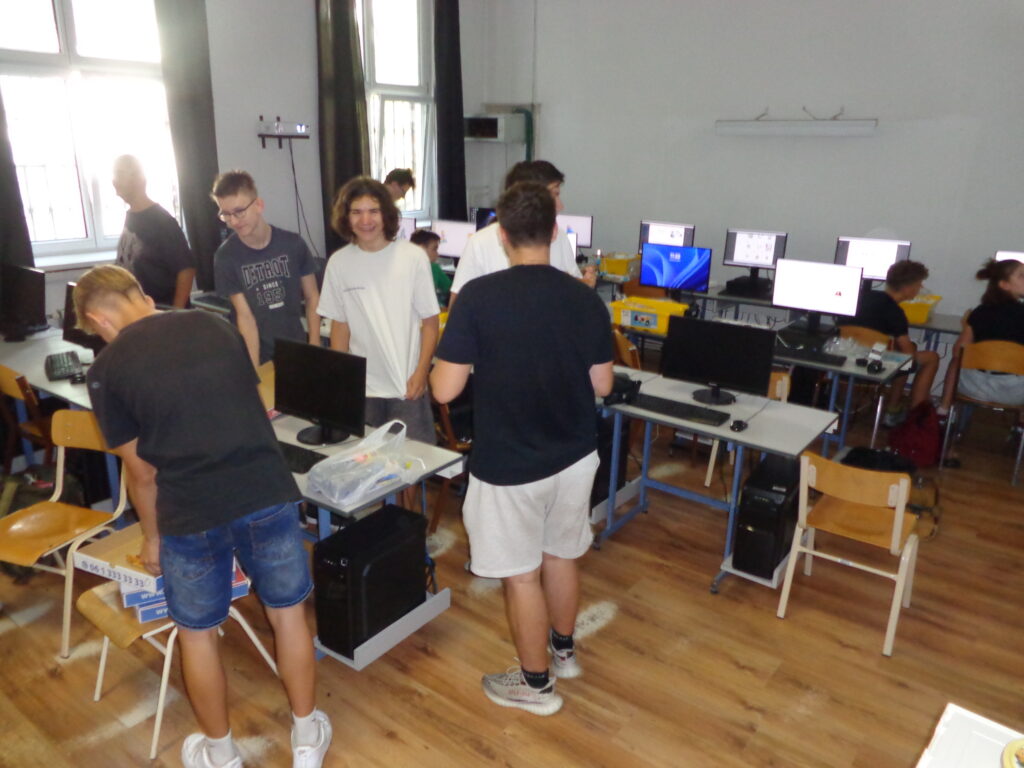Thematics
The first robots used in manufacturing were (and in some cases still are) “dumb”, sensorless and unintelligent automatons, i.e. they could only repeat the same sequence of operations, regardless of whether the purpose of the operation they were programmed to perform was achieved or not (e.g. such a ‘dumb’ robot will try to pick up and put the workpiece or package on the conveyor belt even if it is not there). The intelligence of robots was started by using various control algorithms implemented in the robot’s control circuitry or written on the control computers. A controller or control algorithm uses the robot’s evaluators to continuously monitor whether the expected goal or desired value has been achieved, and if it detects a deviation from the expected value, the robot immediately intervenes to immediately minimise the deviation between the desired and achieved value.
The generalised principle of control (observing the deviation from the expected value and intervening to eliminate or compensate for the deviation) is used in many fields besides robotics: for example, a hovering drone or quadrocopter that monitors an area remains stationary even if the wind is blowing, because it detects if it starts to drift using its GPS positioning sensor, and immediately compensates for the deviation between the desired and measured position by changing the rotation speed of the rotors.
The most common of the regulations used in practice is tin. PID (proportional-integrating-differentiating) controller, whose software implementation is very simple, it can be written in Python or even in graphical, simplified, Scratch-based development environments with 5-6 lines of code and instructions.
The aim of our course is to give students an understanding of the principle and importance of control using LEGO Educational Spike Prime building sets, while they build, program and test the “intelligently” controlled robot themselves.
From 29 to 30 August 2024, the BMSZC Verebély László Technikum hosted the Robotics Special College’s mini-course “Fundamentals of Controls in Robotics”. On the first day, the students were introduced to the programming environment of the LEGO Spike Prime Educational kits provided by ROSZ, and then, using a simple program cycle and the knowledge they had acquired about proportional control, they built a tricycle mobile robot that could maintain the desired distance from an obstacle in front of it or “resist” rotation and always stop at the same angular position around the vertical axis. On the second day, the students were also introduced (in a simplified way and adapted to their level of preparedness) to integrating and differentiating control feedback, and based on this they built a robot balancing on two wheels. The course was attended by 20 students, mixed from grades 9-10-11-12.
Gallery
